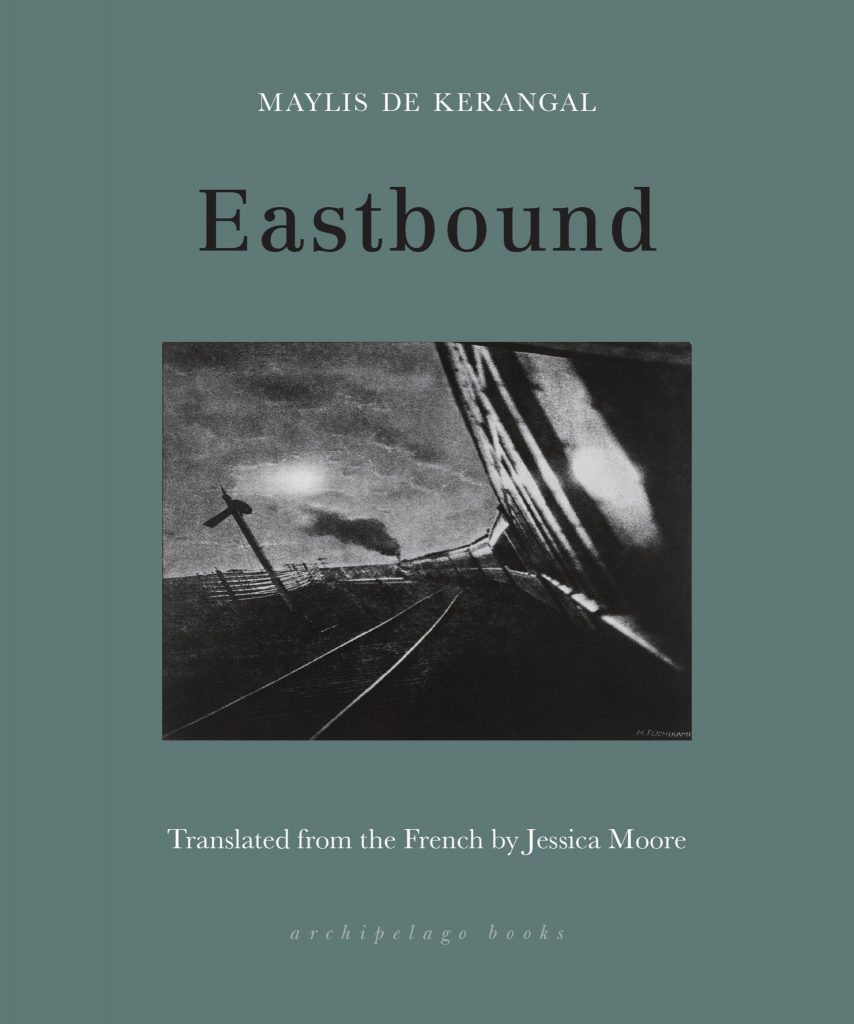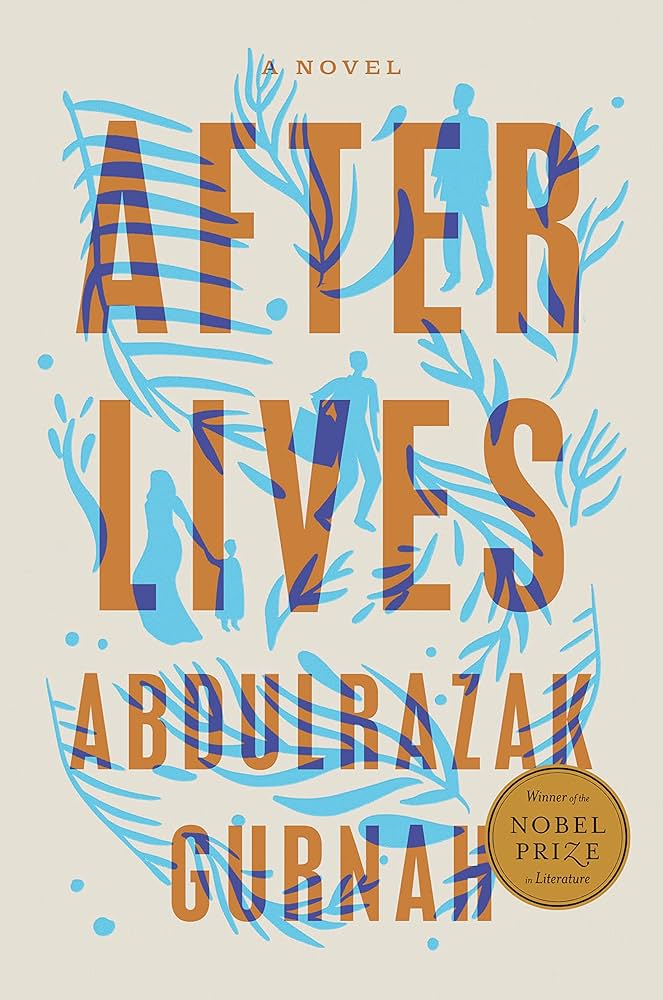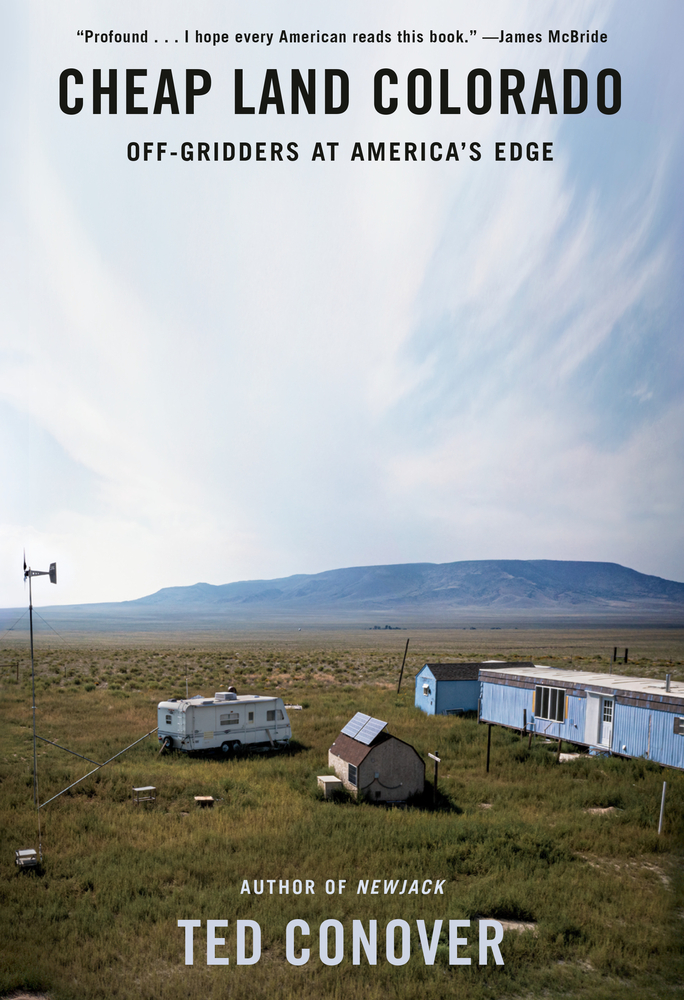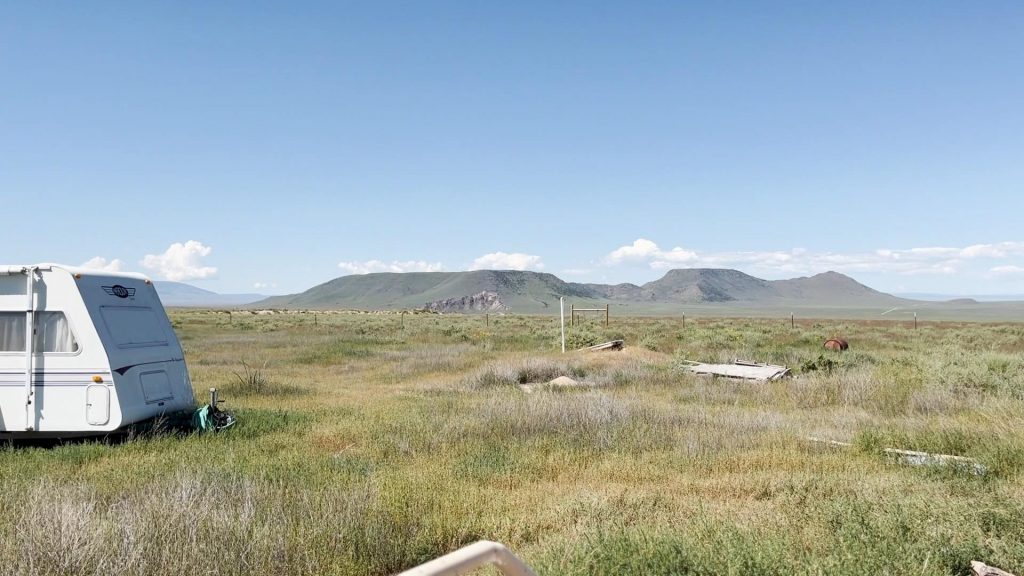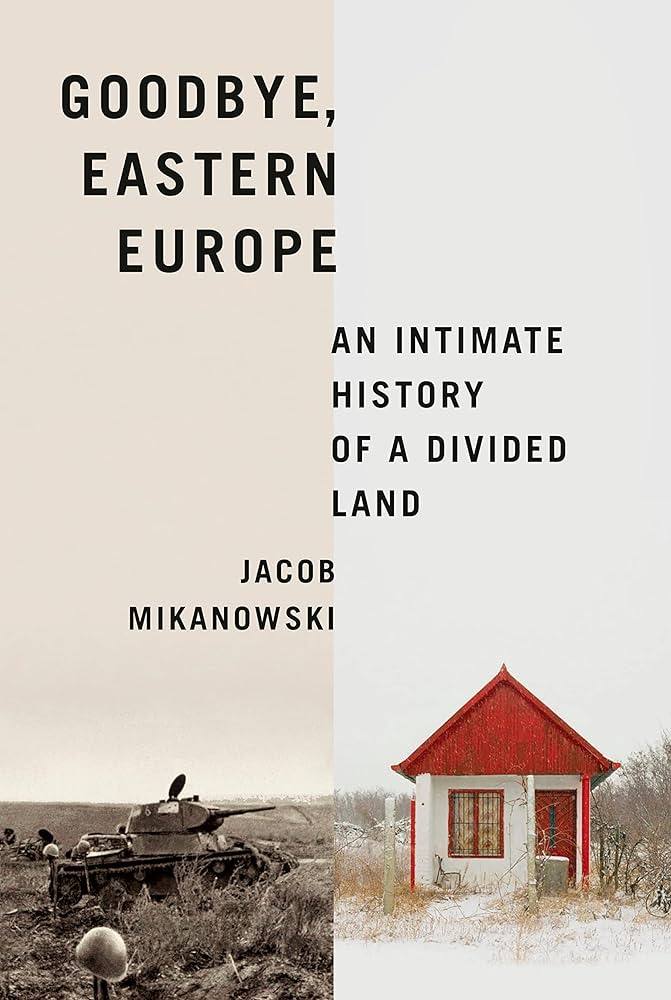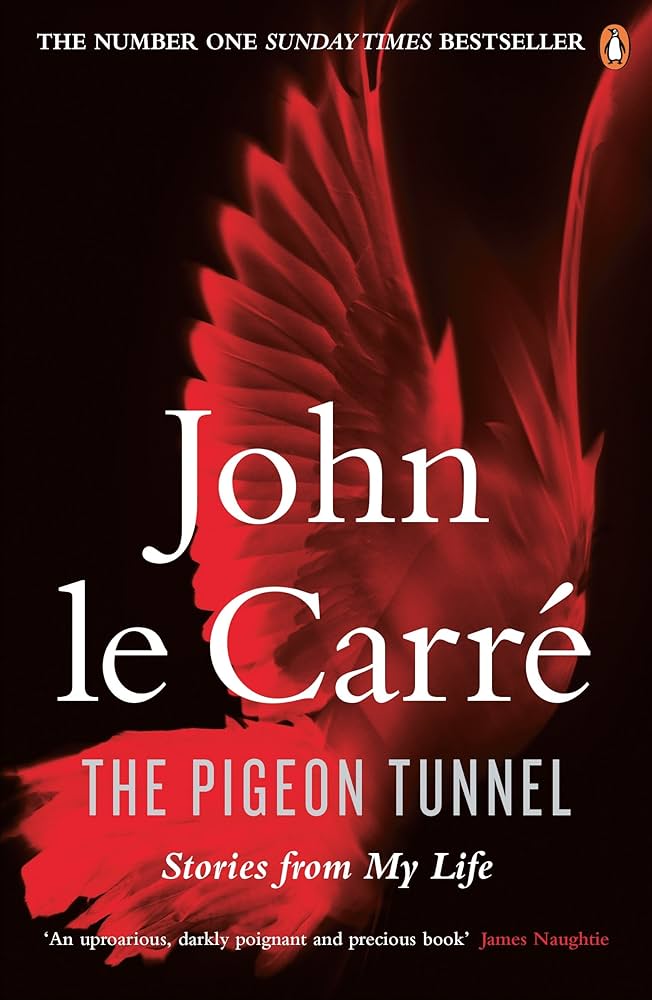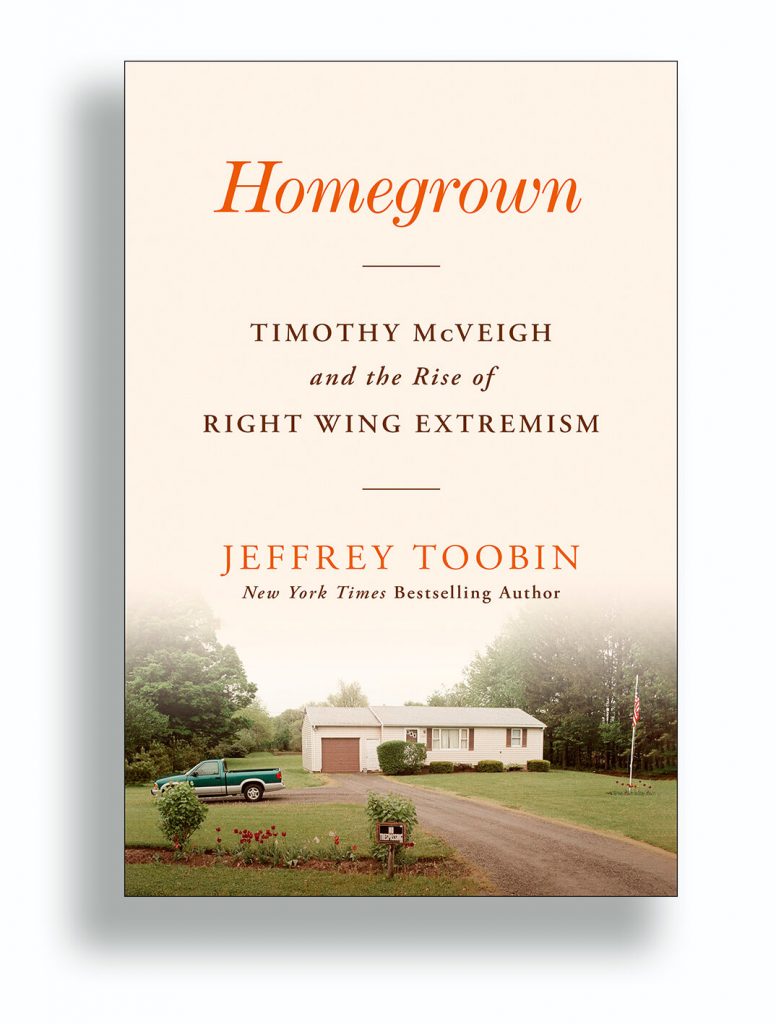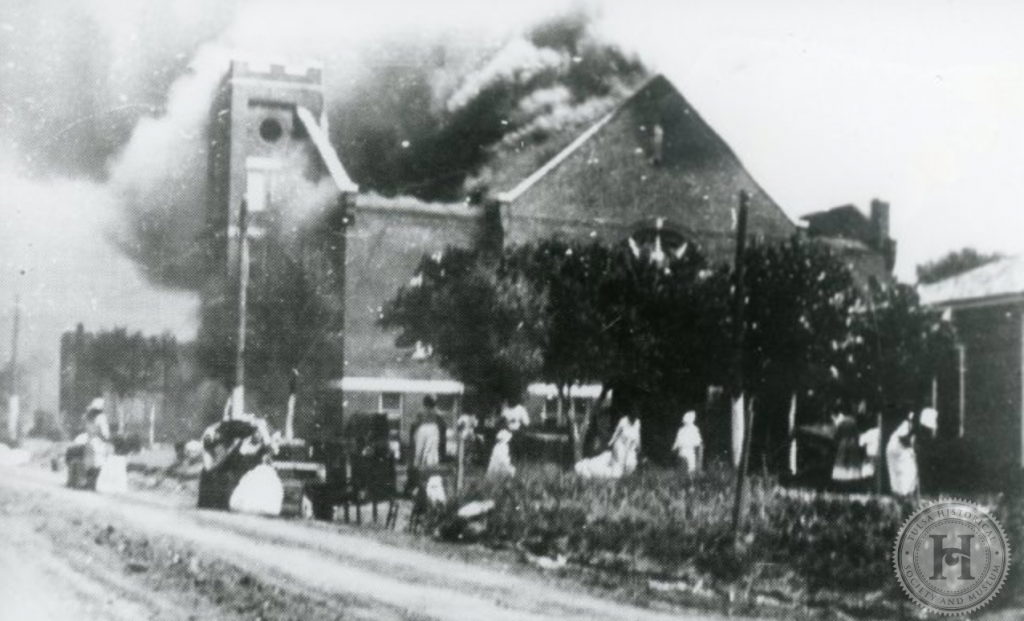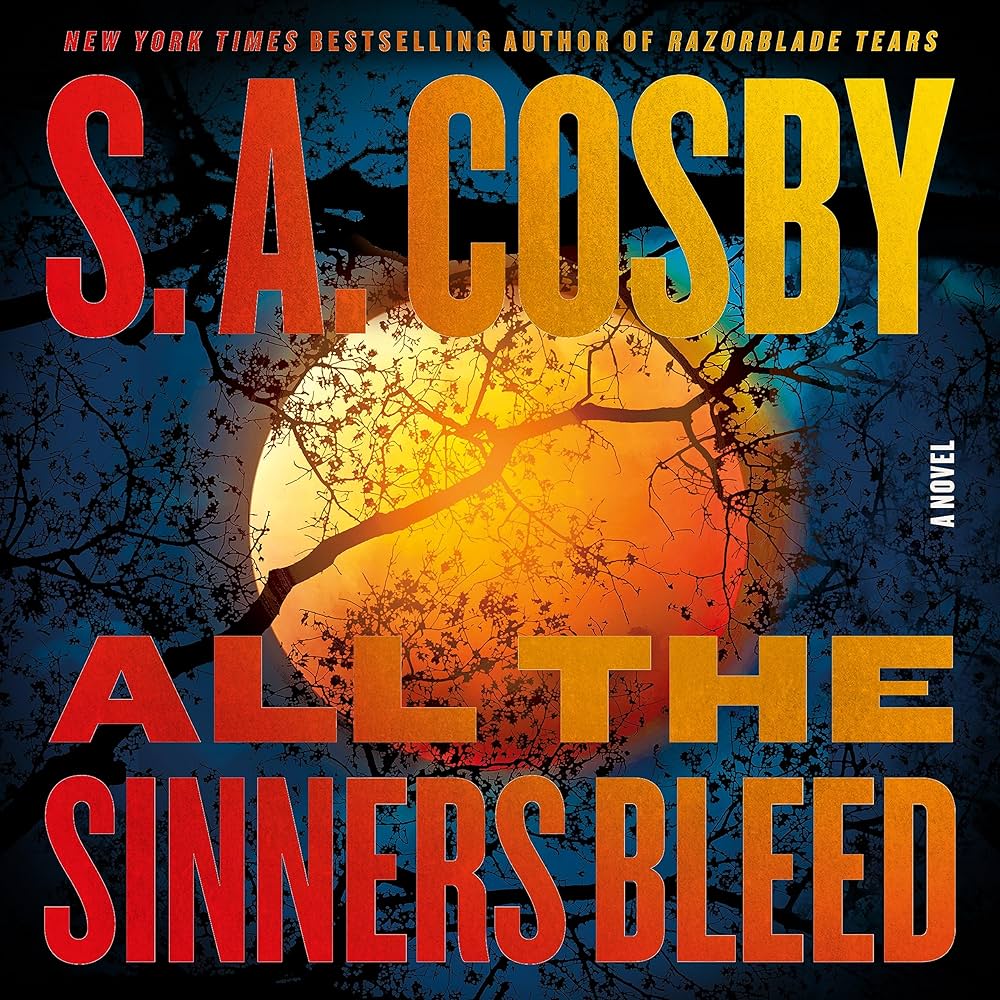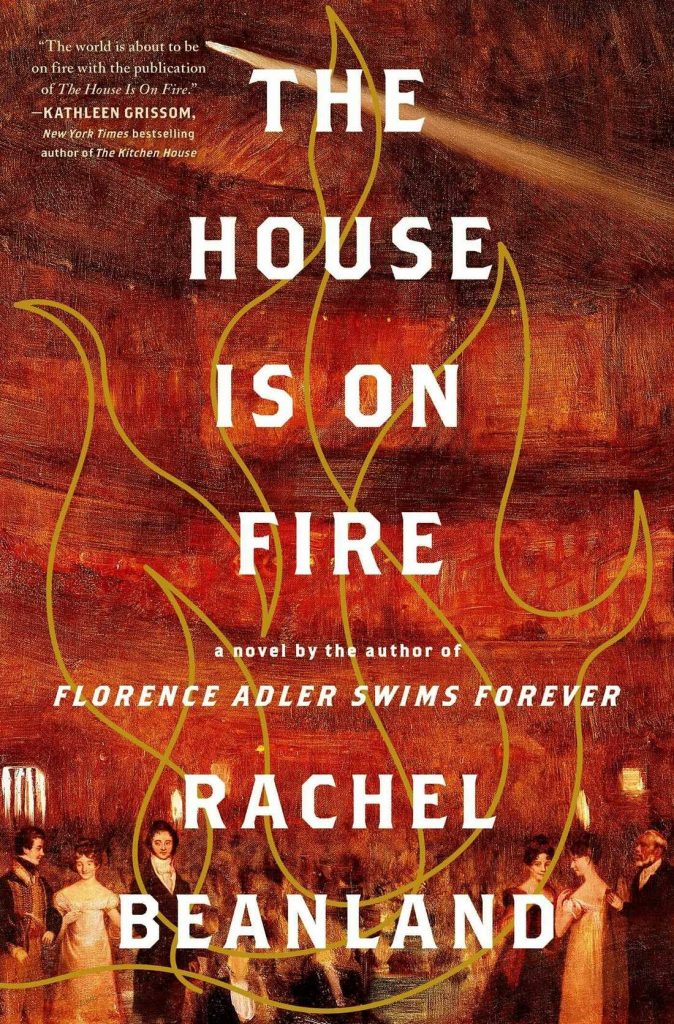
Historically accurate, this is a fictional recounting of an 1811 fire in Richmond, Virginia that consumed a theater and scores of patrons inside. A young nation was shocked by the size of the disaster and it was front page news from north to south. Beanland personalizes the story by tracing the paths of four primary characters, who among them bring to light the inequalities imposed by race, class, and sex. An inordinate number of women burned to death when they were pushed aside by bigger, stronger, more privileged men. The theater company, which was ultimately responsible for allowing lit candles to ignite sets of oil-painted canvas did its best to point the finger at torch-bearing enslaved Africans encircling the theater in the dark. The enslaved, they said, wanted to start an insurrection. Only there were no enslaved Africans outside the theater. Nevertheless, Richmond’s citizens and politicians — Richmond was going to be the future capital of the Confederate States of America for a reason — did not let facts prevent them from setting out posses to round up any enslaved Africans it thought necessary. Which is to say any person of color would do.
Better than most historical fiction writers, Beanland’s ample research appears innocuously. You never feel like she found a fact that she felt she just had to include. And yet a little more than half way through the suspense regarding whether the theater troupe’s rouse will succeed sags, and like theater goers attending a play that’s a little too long, we wonder how many more acts there are still to come.
